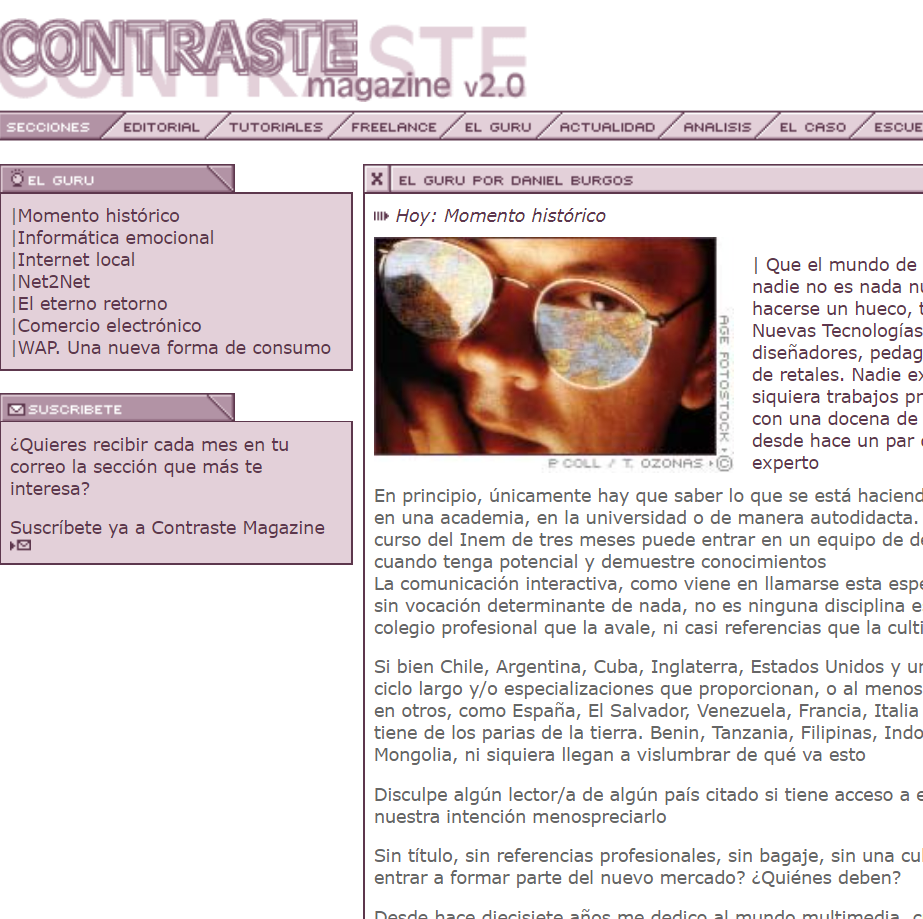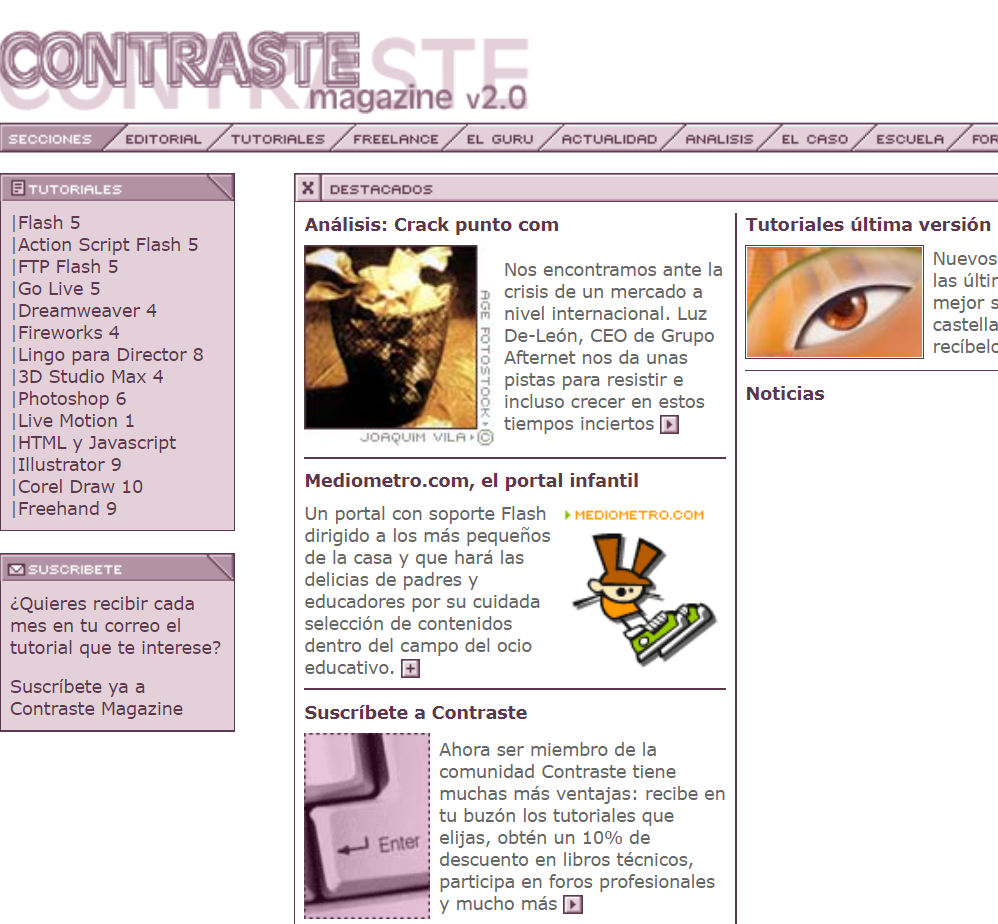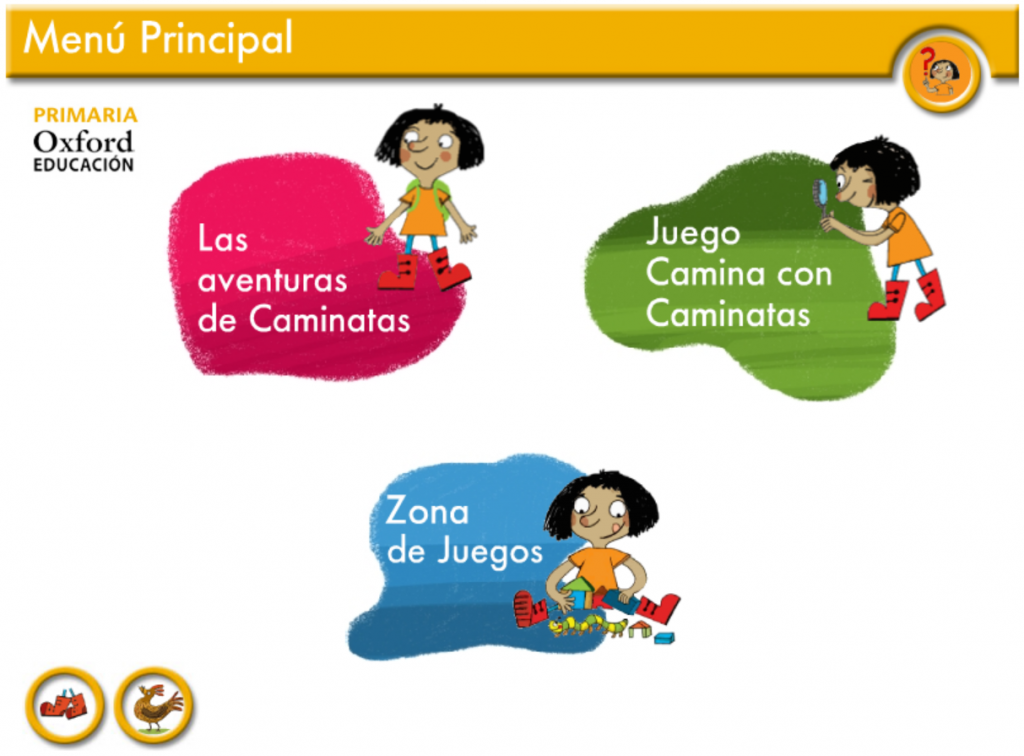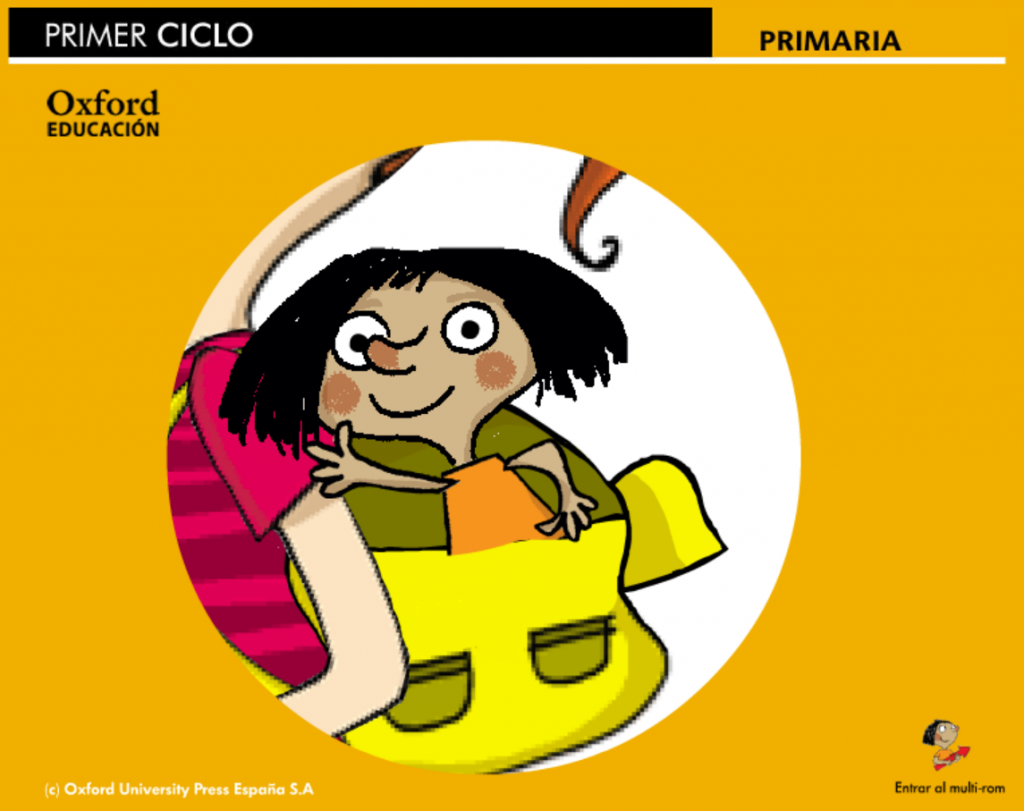Memory lane
By Daniel Burgos
Before the World Wide Web (WWW) came to life thanks to a bunch of researchers guided by Berners-Lee, back in 1990-ish, I designed distance learning courses using a variety of devices and storage systems. First, with floppy-disks of various sizes, later with CD-ROMs, etc. A significant step was when we could distribute those courses through the Internet, thanks to the File Transfer Protocol (FTP), and to the emailing service. The Web started to be more public in 1995-1996, and I used it as another distribution and communication channel, in parallel to the pager, a shoe-size portable mobile phone, and the funny sounds that modems made. In fact, every colleague and I tried hard to listen and understand the patterns in the rhythmic noise that came from a modem, to find out whether we could get or not a decent 2.400-bps Internet connection (lower b stands for 1 bit, being 600 Mega bits/second a usual connection nowadays in many places).
My first contact with a computer came in 1984, and it worked with a cassette player/recorder as a support device. I then started programming Maths (fractals, 3D models, trigonometry), information systems (a nutrition recommender, the music composer Algo-rhythm), and electronic games, mainly. Basically, you had to programme almost anything back in the day, since everything was yet to be programmed. In parallel, I started working as a volunteer, in NGOs, community services and local associations, in a variety of jobs, such as teacher (music, study skills, ICT, climbing, fitness-running, etc.), accountant, community worker, cook, first-aid paramedic, sponsor for anorexic youngsters, support staff for drug adult addicts, social worker for under-privileged kids, director of Summer and urban camps, and others). That period as a volunteer, that lasted over 20 years, also included a 7-year work with El Salvador through repopulation communities in the Chalatenango region, out of the peace agreements, from 1992 on; and a 10-year timespan as a founder-director of an accredited training school for community workers. I gave my first lesson when I was 14 years old, as a piano teacher; I have never stopped teaching since then. My first (paid) job came when I just turned 18, as an errand boy in a bank.
Back to the Internet lane, from 1995 on I founded a number of companies, developed many projects and designed a set of brands, all of them around or about the Internet and the Web, such as Afternet (for Internet-based projects, in-company training and multimedia production), RPC (for communication networks), Relieve Studio (for web design), Mediometro (for online open education & school kids), Contraste Magazine (for online dissemination and open-access training about the Web). On top of that, the Escuela Superior de Comunicación Interactiva (ESAC, College of Interactive Communication), which was active from 1996 to 2004, and trained +6.000 students from 30 countries, online, about eLearning, online teaching and academic management, web design, user experience, Internet project production and other related topics.
I did not know by then, but ESAC became the first online graduate school, worldwide. I remember to spend longer explaining to prospective students on the phone what a modem was, what online meant, and how the training was delivered, than making actual enrolments (a 1-to-9, conversion ratio, aprox.) In fact, during the first years, we had to send some hard-copy books and beautiful school bags by postal mail to reassure our students that ESAC was a school, yet online, but for real, and that they were not buying just bits and smoke.
Working in online games took a large part of that period. Either from the entertaining industry and campaigns for major entreprises/institutions (Sony, FX Interactive, Bandai, Coca Cola, Greenpeace, Spanish Ministry of Public Works, El Corte Inglés) or from educational institutions (Utrecht University, Complutense University, Oxford University Press), I designed, coded and produced +50 educational online games. Most of them were built with Lingo and Action Script (owned by Macromedia back then, later by Adobe, and no longer supported now).
Many of those projects are not retrieve-able, sadly. Even if I keep the original floppy-disks, any other parts of the chain does not work (i.e., device, cable, reader, etc.) Further, some of these project are hard to show, since the proper players are not integrated in browsers or are not easily compatible with modern systems, any more. Nonetheless, below, you can find a selection of these nice outputs, with screenshots and descriptions. Should you have any further question or comment, I kindly invite you to send it via the Contact section. Thanks for your interest.
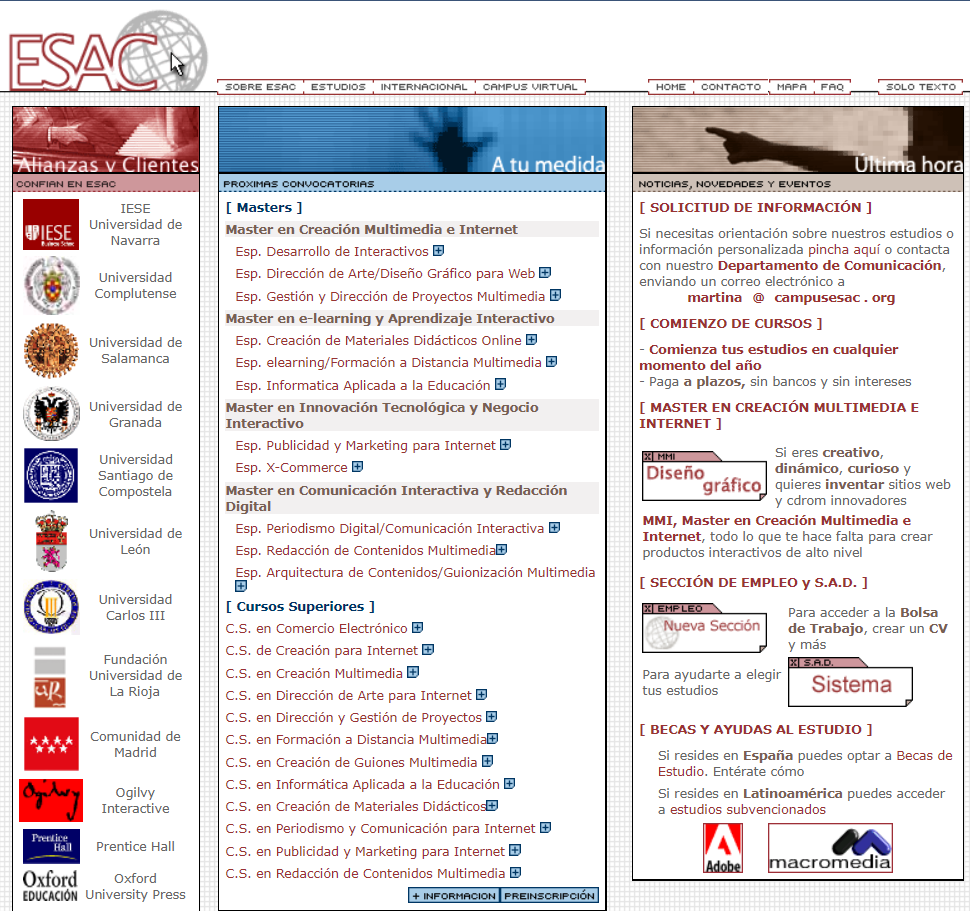
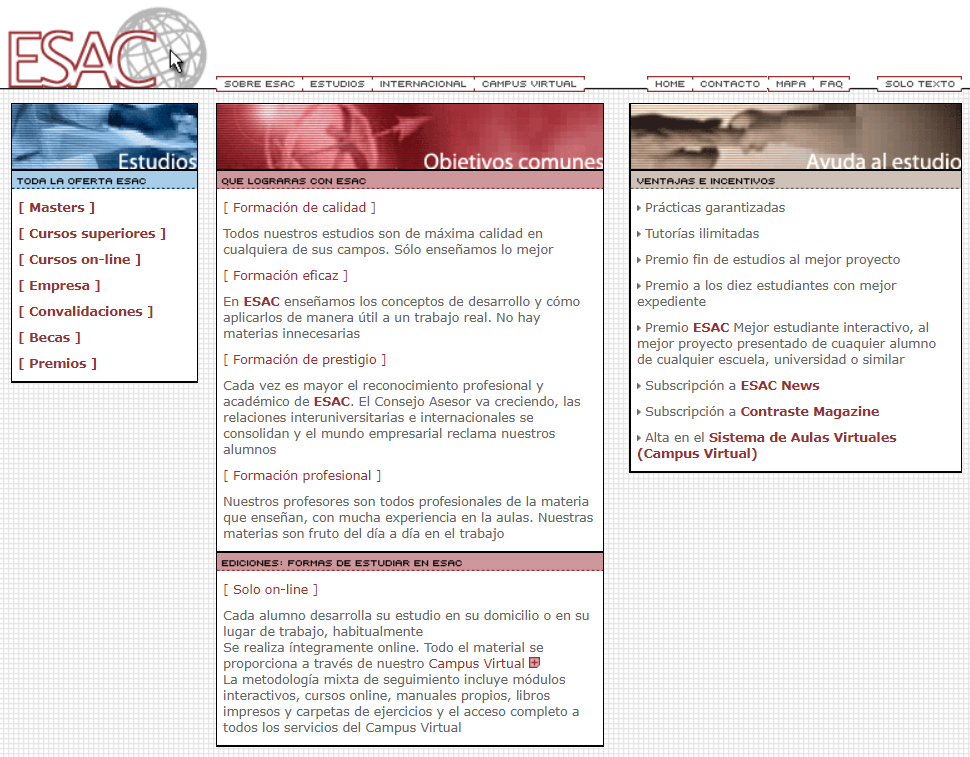
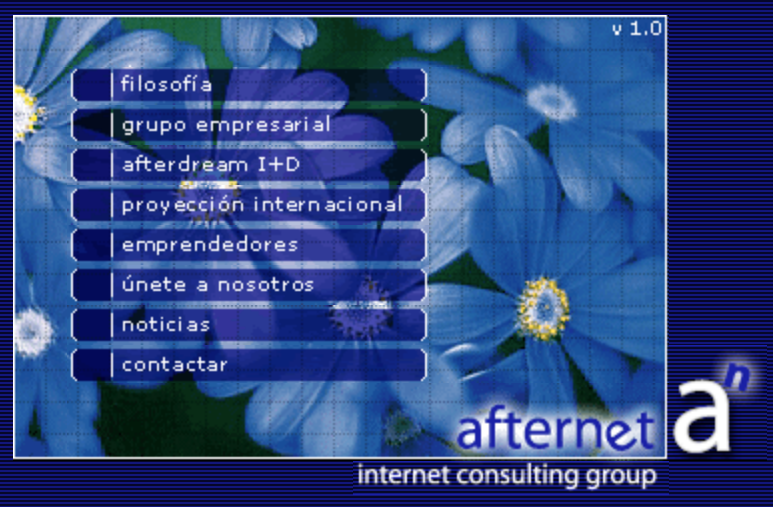
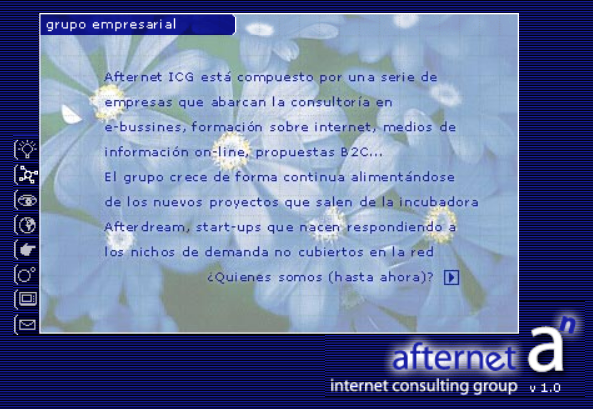
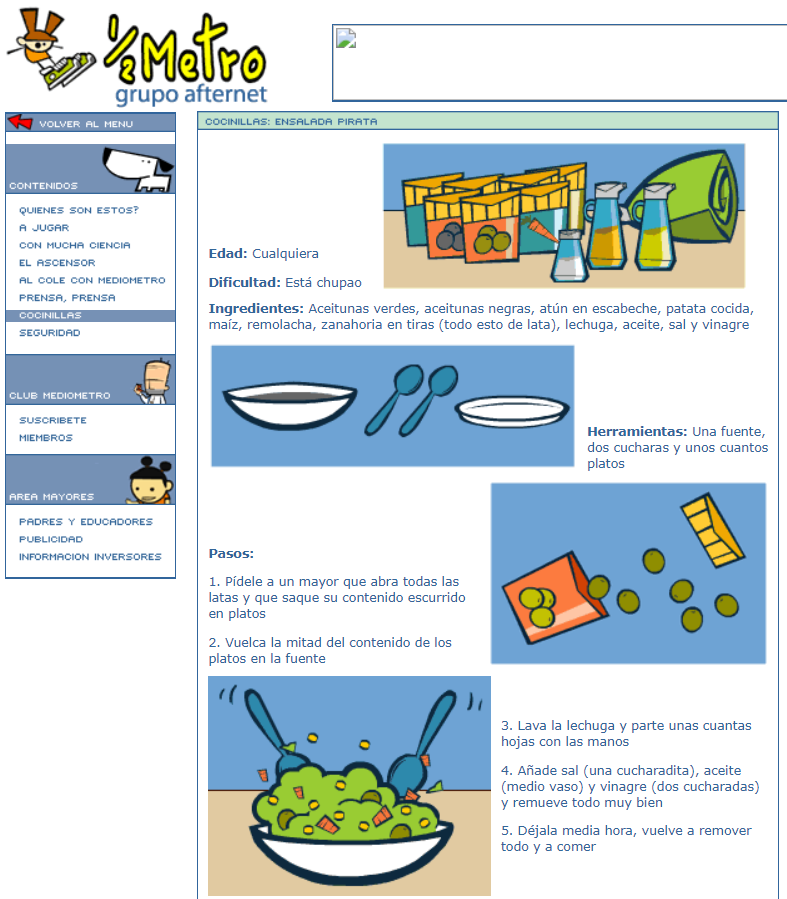
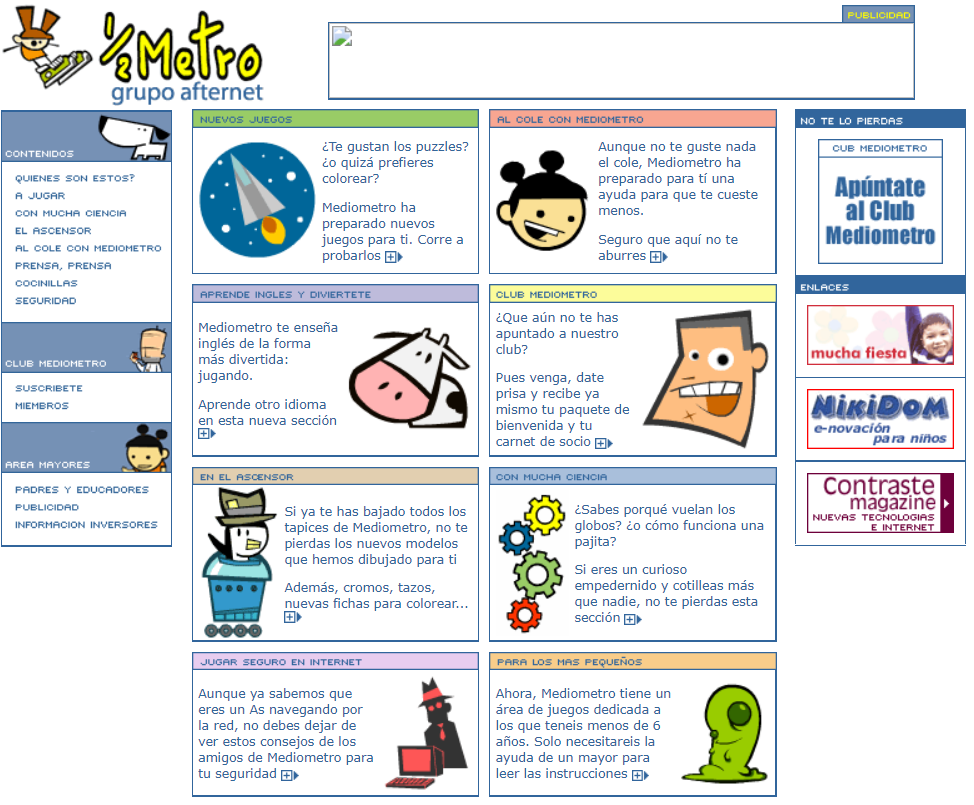
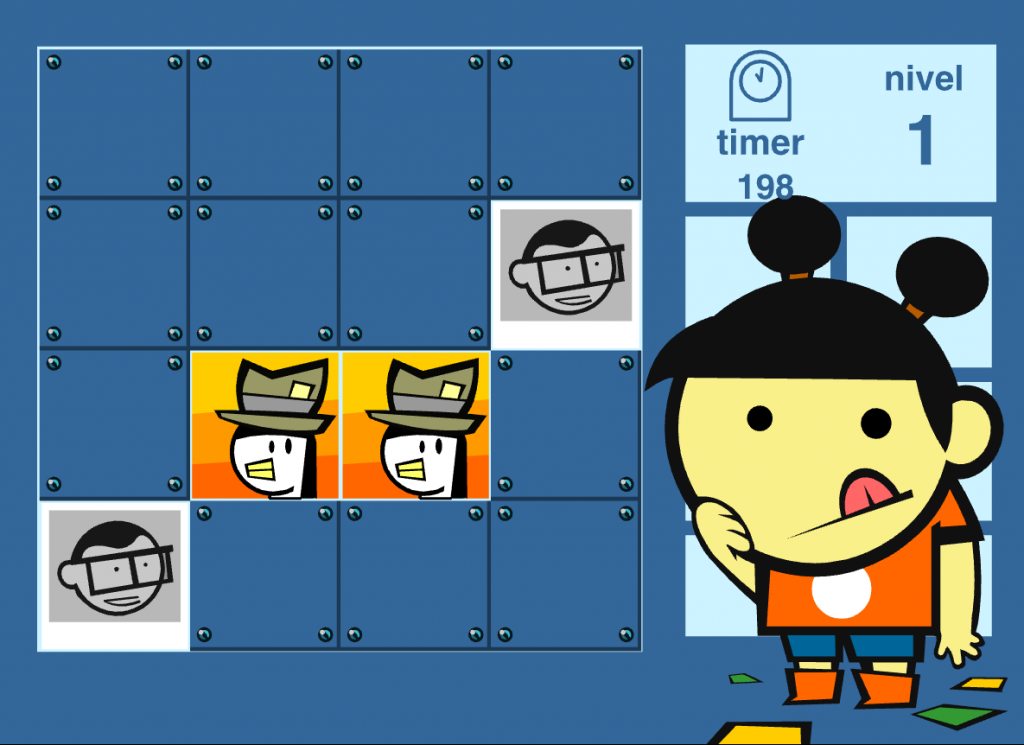
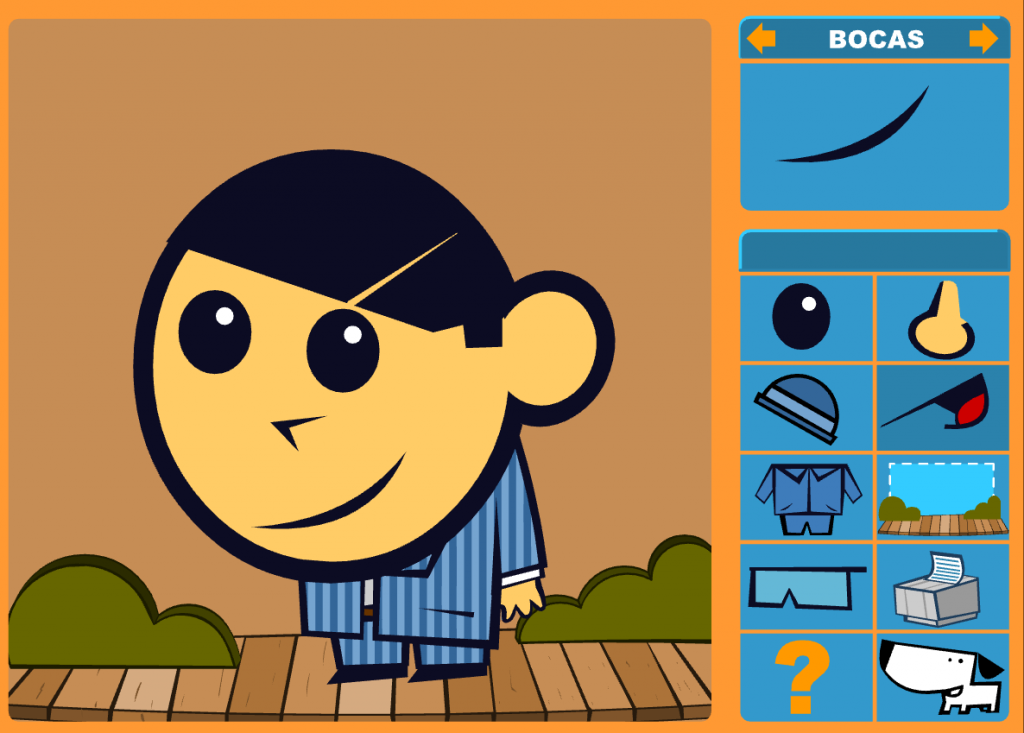
You can also install an extension in your browser, such as FlashPlayer – SWF to HTML or Flash Player Emulator 2022.
I am sorry that the emulator cannot execute some of the features in the games, but I hope that this will give you a glimpse of the spirit.
